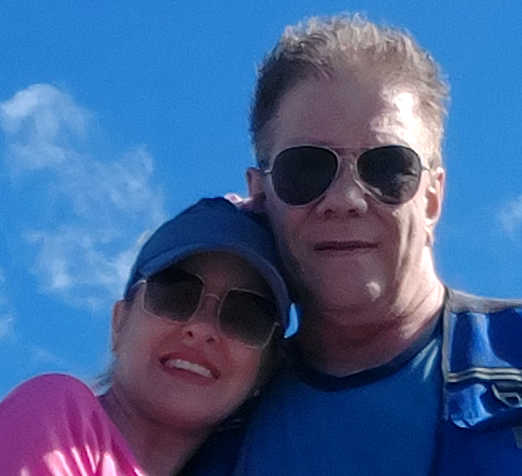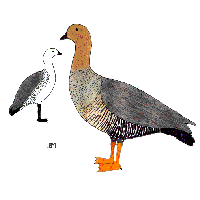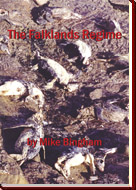 |
 |
| |
|
|
Upland Goose Breeding Range: Falkland Islands
The Upland Goose is one of the most conspicuous birds in the Falklands, feeding in abundance on short grasslands throughout the islands. Whilst it prefers short grass for grazing, it favours denser growth for nesting, lining the hidden nest with vegetation and breast feathers. Between 5 and 8 eggs are laid during September or October, with chicks leaving the nest soon after hatching. Chicks remain close to the parents, but feed themselves on a diet of insects and vegetation. Chick mortality is high as a result of avian predation, with surviving chicks fledging around January or February. The subspecies Chloephaga picta leucoptera is restricted to the Falklands, being slightly larger than its South American counterpart. Males are distinguished by their white head and breast. Females can easily be confused with the rarer Ruddy-headed Goose. |
|
|
||||||||||||||||||||||||||||




